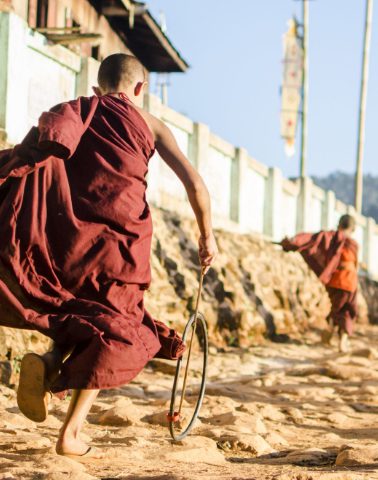
Subscribe to our mailing list
We are still here! Let us send you tips for travelling through Myanmar and stories from the road …
The bamboo curtain that once concealed most of Southeast Asia parted in the 1970s, but the country then known as Burma remained in isolation until it began to make tentative steps towards democracy in 2010.
Since then, the country has been rocked by political turbulence. However the people remain as resilient and welcoming as always. Now more than ever is the time to meet the people of Myanmar and support them in their quest for a peaceful, prosperous and democratic future.
Myanmar is situated at the crossroads between India and China, the two great empires of the East, and shares almost 2,000 kilometres of border with Thailand. Myanmar also borders Bangladesh to the northwest and Laos to the east. It has a long coast to its west stretching down the Bay of Bengal and the Andaman Sea.
With a landmass of 676, 578 square kilometres, Myanmar is the largest mainland country of Southeast Asia and has been a member of the Association of Southeast Asian Nations (ASEAN) since 1997.
Over the centuries, the country of Myanmar has benefited richly from the customs and flavours of its neighbours in terms of language, religion and cuisine. In particular, Myanmar has seen sustained immigration from China and India.
Travellers to Rakhine State may recognise the five-spice Bengali combo ‘panch phoron’ in the Arakan fish dishes and when visiting cities towards the eastern border one will see a heavy peppering of Chinese Mahayana temples and second-hand Jialing motorbikes.
Samosas and roti sizzle in Yangon’s Indian Quarter and the people of Chin State and Naga SAZ have the same red cheeks and thick dialect as their Mizo cousins over the border in the Lushai Hills of India.
Myanmar’s geographical co-ordinates are 21.9162° N, 95.9560° E. It is on the same latitude as Saudi Arabia, Cuba and Hawaii.
Roughly diamond-shaped, Myanmar looks somewhat like a kite with a tail trailing along one side.
Down the centre of the country is the Ayeyarwaddy River valley flanked by the Shan Hills and Bago Yoma mountain range to the east and the Arakan mountains and Chin Hills to the west. These mountains soak up the monsoon rains creating a dry zone in the centre of the country (which includes Mandalay and Bagan) and produces a terrain resembling the sunburnt scrub of the Australian bush.
Towards the south this basin becomes wider and greener and flows into the coastal marshland of the Ayeyarwaddy Delta.
The rich soil of Myanmar once propelled the country to be the largest exporter of rice in the world. In addition to rice, crops such as sugar-cane, peanuts, pulses, maize and sesame are grown in abundance, as is millet, tobacco, cotton, rubber and tea. Myanmar also has large petroleum fields and produces minerals and precious stones such as jade, sapphire and the much-coveted “pigeon blood” rubies.
The main river of Burma is the Ayeyarwaddy (Irrawaddy) which flows down from the Kachin Hills taking a southerly course for over two thousand kilometres before it reaches the sea. The two other principal rivers are the Chindwin flowing from the northwest and meeting with the Ayeyarwaddy in the centre of the country, and the Thanlyin which sources in Tibet and flows across the Shan plateau in the east of the country before reaching the sea in the west.
Up in the far north of Myanmar are the snow-capped mountains that make up the tail-end of the Himalayas. These mountains are dominated by Hkakobarazi, potentially (no-one is quite sure) the tallest summit in Southeast Asia.
Although it is one of the most densely forested countries on earth, deforestation has reduced forest-cover from 65 per cent in 2000 to 40 per cent in 2015. This has put a strain on the tigers, bears and wild elephants that used to rule the jungles of Burma.
But it is not all bad news for the wildlife of Myanmar. The Irrawaddy River Dolphins which were almost pushed to extinction are now enjoying a new lease of life in a protected stretch of the Ayeyarwaddy River north of Mandalay.
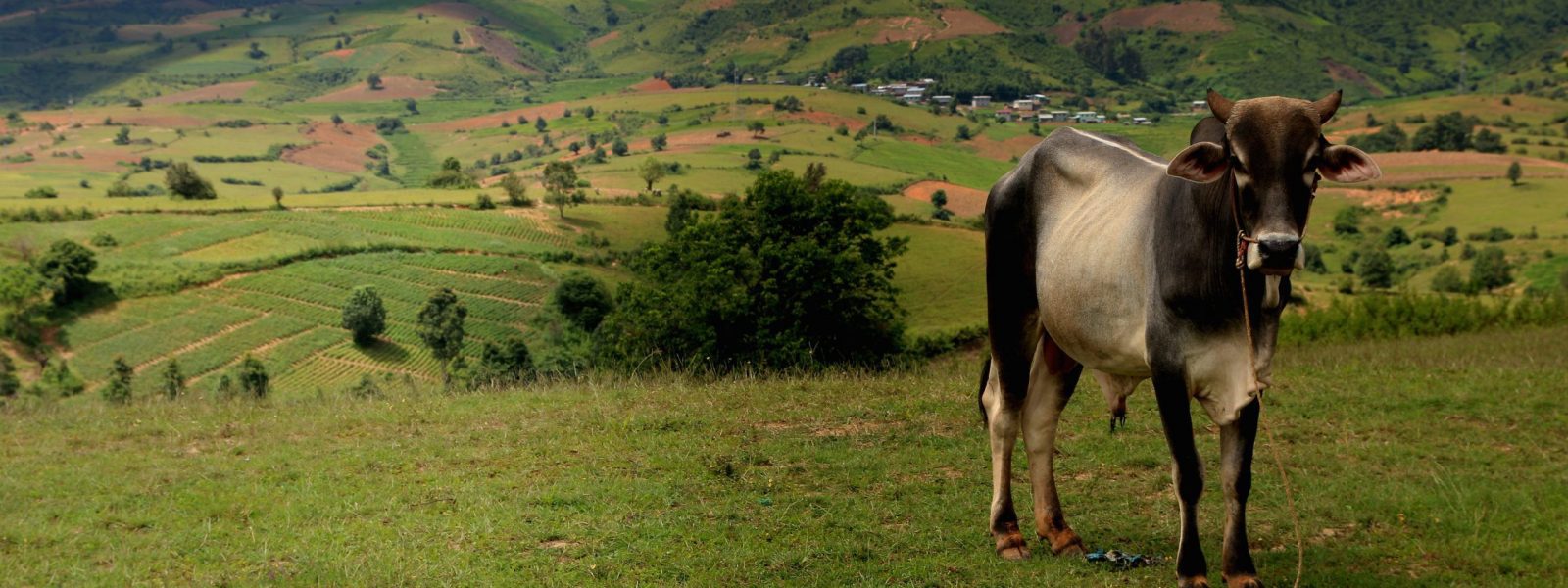
Myanmar is, if not quite a melting point, certainly a mixed salad bowl of ethnicity.
Recognising this complex patchwork of culture that runs through the country not only helps a traveller get the most out of their time visiting Myanmar but also allows them to appreciate the challenges that the country has had to face encompassing such a diverse ethnic mix.
The government officially recognises 135 different ethnic races grouped into 8 major national races. But these numbers should be taken with a pinch of salt as the delineations are disputed on various fronts.
Some ethnic groups appear to be counted twice while others are excluded completely. Some even say that the number 135 was chosen on a whim by former dictator General Ne Win as the three numbers added up to 9 – a figure he believed would bring him good luck.
Both the names ‘Myanmar’ and ‘Burma’ derive from the Bamar ethnicity – the ethnicity that makes up the majority of the people in Myanmar. However, generally speaking, terms such as ‘Myanmar people’ or ‘the Burmese’ are used to refer to the entire population of the country, whereas ‘Bamar’ or ‘the Bamar people’ would refer to solely that ethnic group.
The Bamar make up around 69 per cent of the population of Myanmar. Widespread throughout the country, the Bamar are thought to have originally come down from modern-day Yunnan Province in China. The Shan are the second biggest ethnic race at around 8.5 per cent. They refer to themselves as ‘Tai’, sharing the same ethnicity, as well a similar language and culture, to the people of Thailand and Laos. The Mon were one of the earliest inhabitants of the region, and formerly the second largest force in the land after the Bamar. Shwedagon Pagoda was built by the Mon in the old fishing village of Dagon. Mt Kyaikhtiyo remains in Mon State, the capital of which is Mawlamyine.
The Kayin or ‘Karen’ are estimated to number between 4 and 7 million. The British were particularly attracted to the Karen in part due to their shared Christian faith. The majority of the Karen fought with the British and against the Japanese and Bamar during the Second World War. With the intention of creating their own independent state, the Karen continued to fight the Bamar after the British left, almost taking control of Yangon at the Battle of Insein in 1948.
The Kayah (or “Karenni”, meaning “Red Karen”) are principally found in the small and mountainous Kayah State – the only region of Myanmar never to officially come under the control of British Burma (although unofficially it certainly was). The Kayah are estimated to make up only 0.5 per cent of the Myanmar people and live primarily agrarian lives. The Kayah ethnic group encompasses the Kayaw and Kayan-Padaung, whose women appear to be remarkably long-necked due to wearing numerous neck rings which lowers their ribcage.
The Chin refer to themselves as the ‘Zo-mi’ or ‘Lai-mi’, both of which mean ‘mountain people.’ They incorporate a variety of ethnicities and the Chin language is an amalgamation of these. Although principally Christian, Chin State also has the highest proportion of animists in Myanmar. Some of the Chin ethnicities are famous for the women who in former times heavily tattooed their faces.
The Kachin in the far north of the country were prized by the British as the best soldiers in Burma. Today about 36 per cent of the Kachin population is Christian. Since independence, relations between the Kachin and the national government has been very turbulent, and the Kachin Independence Army (KIA) is one of the most tenacious insurgent groups battling the Myanmar armed forces.
The Rakhine to the west of the country share much of their culture, in particular food and music, with the Indian subcontinent. Principally Buddhist, the Rakhine (or Arakanese) claim to be among the first followers of Buddha in Southeast Asia. Since the Second World War, Rakhine Buddhists have come into conflict with Rohingya Muslims in Rakhine State.
Those not versed in Myanmar culture may nonetheless be familiar with some of the smaller
ethnic races in the country such as the Inthar who fish on Inle Lake and steer their boats with one leg; the Wa, termed ‘the Wild Wa’ by the British for their penchant for headhunting; the Moken or Salone, a nomadic people living on the islands of the Mergui Archipelago; and the Naga, famed for their flamboyant head-dresses and fierce, martial heritage.
Each of the major ethnic groups of Myanmar have at one time or another been at war with the Bamar majority and there are still a score of ethnic armed groups battling the Burmese military today. Even when it does not erupt into violence, there is constant tension over perceived “Bamarisation” – whereby the Bamar culture is forced upon the other ethnic groups. Even under the democratically elected Aung San Suu Kyi administration, there was strife in places such as Loikaw (capital of Kayah State) where statues of Barmar heroes have been erected instead of statues of people from Kayah history. There were also protests in Mon State when a new bridge was named after a Bamar independence leader.
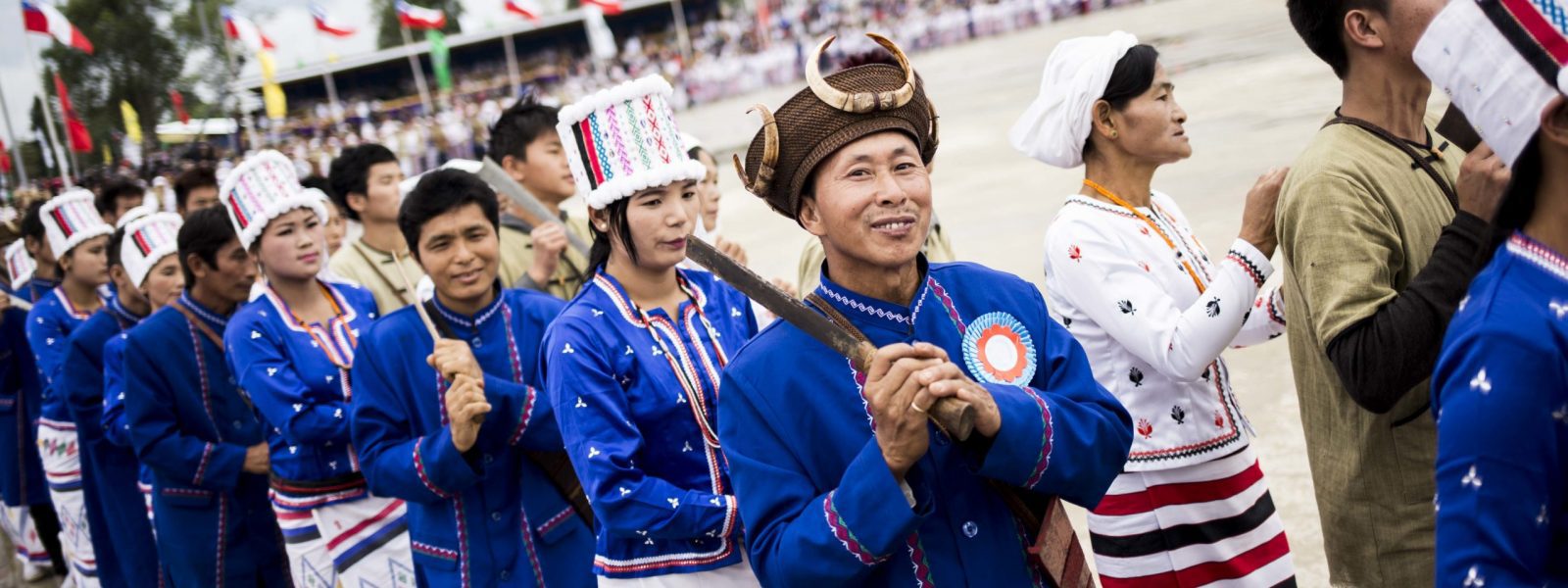
Buddhism, by far.
An estimated 89 per cent of the Myanmar people are Buddhist. The country practices Theravada Buddhism, differing from the Mahayana school, in believing that the individual strives to achieve nirvana, rather than waiting for the entirety of humanity to be ready for salvation. Theravada is the more austere and ascetic of the two schools.
Perhaps because no one day in the week has been set aside for faithful obeisance, it is remarkable to note how prominent a role Buddhism plays in the daily thoughts and actions of the Myanmar people. Travellers to Myanmar are initially taken aback by the ardency of Buddhism in Myanmar, in particular the sheer number of pagodas, glittering like golden nipples at the summit of every hillock and around every street corner.
Visitors to Myanmar are encouraged to visit the pagodas of the country and join in with any celebrations taking place. For all their sanctity, these sites hold little severity, serving as a meeting point for friends and families as much as a place for meditation and reflection. When rounding a corner in a pagoda, you are as likely to find teenagers on Facebook as you are to come across meditating monks.
After the pagodas, the most evident sign of Buddhism in Myanmar are the monks and novices. Clad in their maroon robes, the “pongyi” collect alms from the people early in the morning but are often evident throughout the day meditating at the pagodas, snoozing at the monastery, or in the case of the young novices or “ko yin”, playing football wherever they can.
Women are not obliged to spend time as a nun, but you will still likely see ladies and young girls in their pink robes, especially when in hubs of Buddhism in Myanmar such as Mandalay and Sagaing. Whereas the boys usually stay mute when out collecting alms in the morning, the young nuns are known to sing while on their way.
The second Myanmar religion is arguably the curious nat worship, widespread in the country and thought to long predate the life of Buddha. The word nat is derived from the Pali word meaning ‘lord’ or ‘guardian’ and some of the Burmese nat are derivations of Hindu deities. The nat can also be spirits of humans who have died in dramatic or tragic circumstances.
Muslims have lived in the country since the 9th Century – possibly as far back as the 6th century in the Kingdom of Mrauk U in modern-day Rakhine State. However the exact percentage of the population that is Muslim is hard to ascertain, signalling the awkward position that Islam has come to take in Myanmar society. A conservative estimate would put the Muslim population of Myanmar at around 10 per cent.
The population of Muslims increased rapidly under British colonial rule and fell again at the outbreak of the Second World War. Since the military coup of 1962 Muslims of various ethnicities have been targeted as illegal immigrants and subject to abuse and discrimination throughout the country. Among the 135 officially recognised ethnic nationalities, there is only one Muslim group and that is the Kaman.
Anglican, Baptist and Catholic missionaries have been active in Myanmar for centuries. Subsequently, 6 per cent of the population is thought to be Christian, particularly in the highland minority areas of Chin and Kachin.
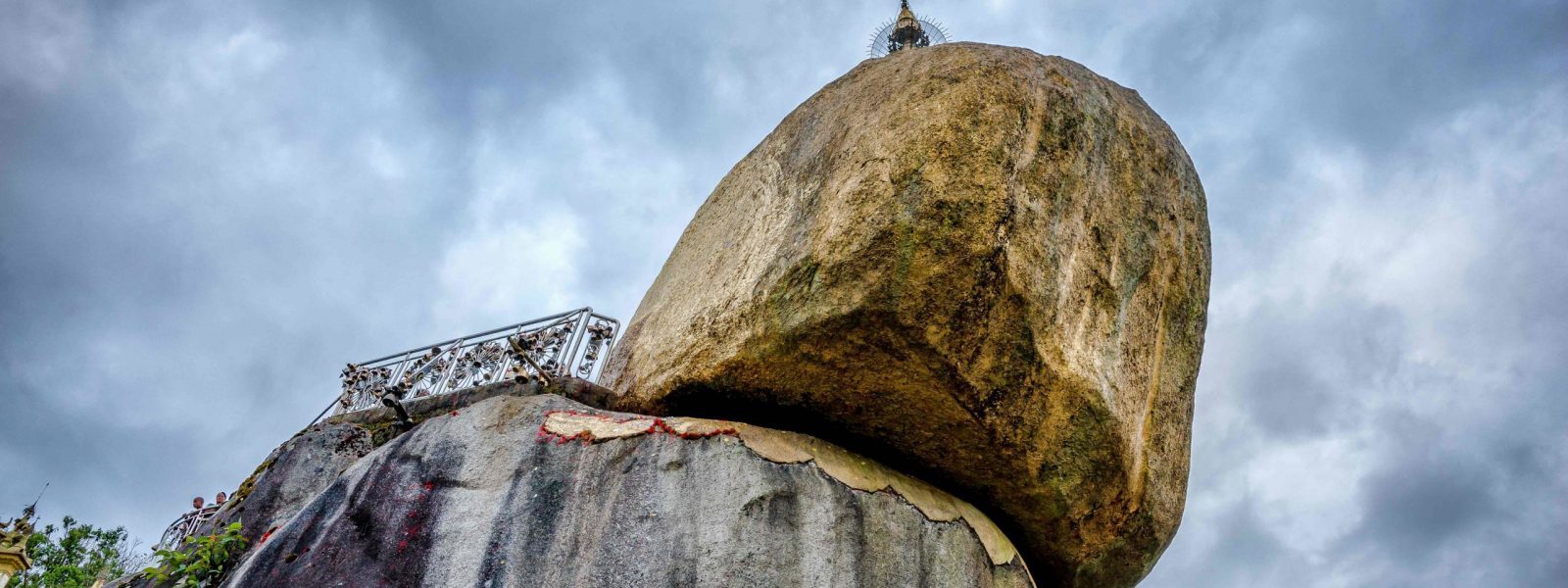
Coming out of years of military dictatorship, after the sweeping election victory of the National League for Democracy (NLD) in 2015, there was great optimism that Myanmar could be a model for the peaceful transition from military rule to democracy.
It has not turned out quite so rosy.
When in power, the NLD had a poor record on human rights, curtailed press freedoms and was unable to amend the 2008 constitution which reserved a quarter of all parliamentary seats for unelected military candidates.
Despite this, the NLD remained wildly popular and in 2020 secured another landslide victory. This election – despite its imperfections – was accepted as free and fair by the international community. However, the Myanmar military did not accept the result and announced a State of Emergency on 1 February 2021, arresting the top hierarchy of the NLD and assuming control of the country.
True democracy in Myanmar looks as far away as ever.
Sampan recommends Frontier Myanmar as a reliable news source for political insight and current affairs.
The Rohingya have been described as the most persecuted people in the world.
But for many people in Myanmar – from military generals to the pro-democracy avant-garde – they do not even exist. Most Myanmar people believe that the Rohingya are illegal immigrants from Bangladesh who have created the identity “Rohingya” so to strengthen their case for citizenship within the country. Those Rohingya who do possess government identification are labelled as “Bengali” – a classification that Rohingya object to as it fails to distinguish them from the people of Bangladesh and West Bengal with no ancestral link to Myanmar.
The Rohingya claim that they have had a presence in Rakhine State for centuries, pre-dating the founding of the ancient kingdom of Mrauk U, when Persian and Arab traders travelled to Arakan from the west.
However the majority in Myanmar believe that the Rohingya only entered Myanmar during the time of the British Empire when borders were fluid. The country’s current citizenship law denies citizenship to any group who arrived after or because of British rule. Those without citizenship suffer under restriction of movement and a lack of access to medical assistance and education.
Since the military coup of 1962 tensions between the Rohingya and other ethnic groups of Myanmar have been high. It has been particularly bad with the Arakanese Buddhists of Rakhine State but there have also been anti-Muslim riots in Meiktila and Mandalay in the centre of the country, and even in Lashio in Northern Shan State.
On 25 August 2017, attacks coordinated by the Arakan Rohingya Salvation Army (Arsa) on police outposts and an army camp in northern Rakhine State incited a fierce retaliation by the Burmese military – the Tatmadaw – supported by local Buddhist militia.
This clearance operation led almost 700,000 Muslims (mainly Rohingya) to flee across the Bangladesh border to an area south of Cox’s Bazar, and provoked Ms Yanghee Lee, the UN Special Rapporteur on the situation of human rights in Myanmar, to report that it had “the hallmarks of genocide”.
The Myanmar government denied this accusation, purporting that they are merely carrying out a clearance operation against militants who have burnt their own villages and conjured stories of atrocities into a compelling narrative. State Counsellor Aung San Suu Kyi’s Facebook page has blamed “terrorists” for “a huge iceburg of misinformation.”
The Rakhine Crisis is anything but simple. It is also important to note that the Burmese military is currently undergoing a fierce war of attrition with the Arakanese Army, a force of Rakhine Buddhists who reject the control of the Burmese government and support the claim that the Tatmadaw is guilty of genocide.
A more in depth look at the Rohingya people can be read here.
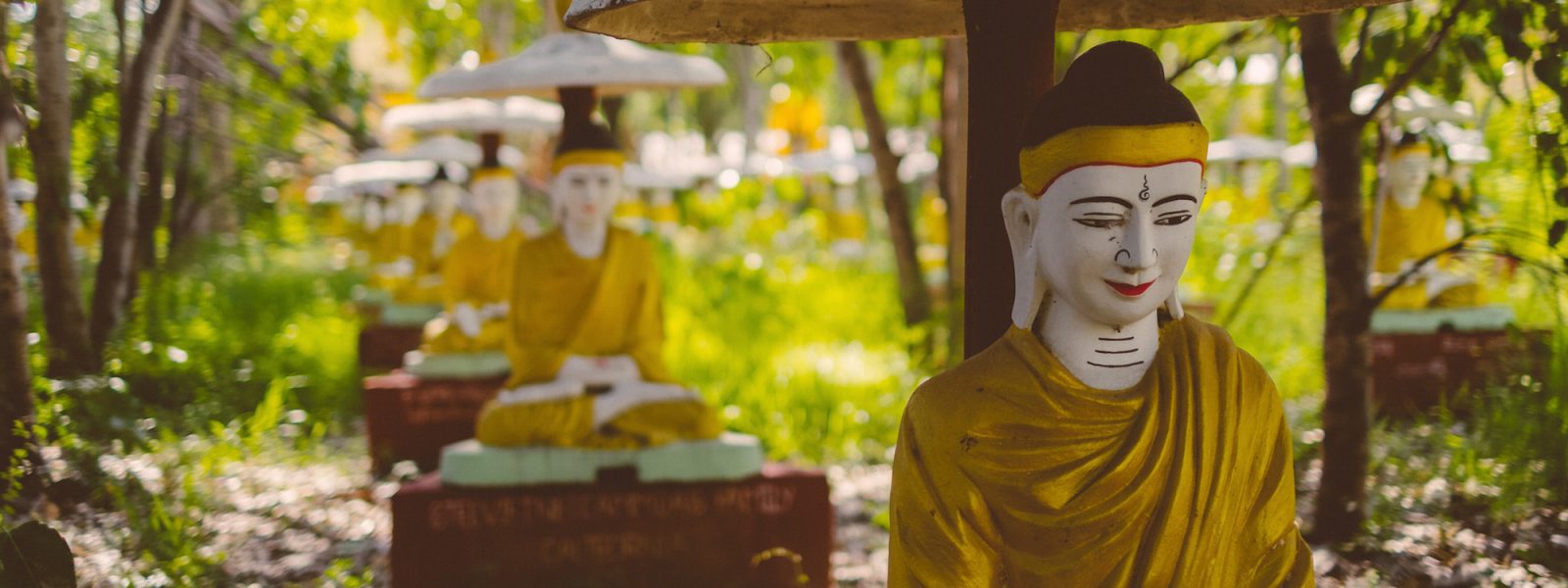
Savour the highlights of Myanmar and sail in luxury up the Ayeyarwaddy River.
Cycle down Myanmar’s coast – pristine beaches, fishing villages and lots of seafood.
Teasing out the stories and secrets of Yangon’s turbulent history.
Our 2-hour walking tours of Yangon: history, heritage and hidden stories of this city.
Tracing Bill Slim’s reconquest of Burma, we explore how WW2 led to where Myanmar is today.